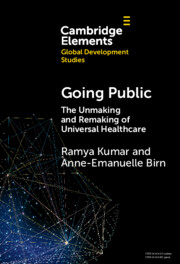Element contents
Going Public
Published online by Cambridge University Press: 12 December 2023
Summary
Keywords
- Type
- Element
- Information
- Online ISBN: 9781009209588Publisher: Cambridge University PressPrint publication: 18 January 2024
References
- 2
- Cited by



